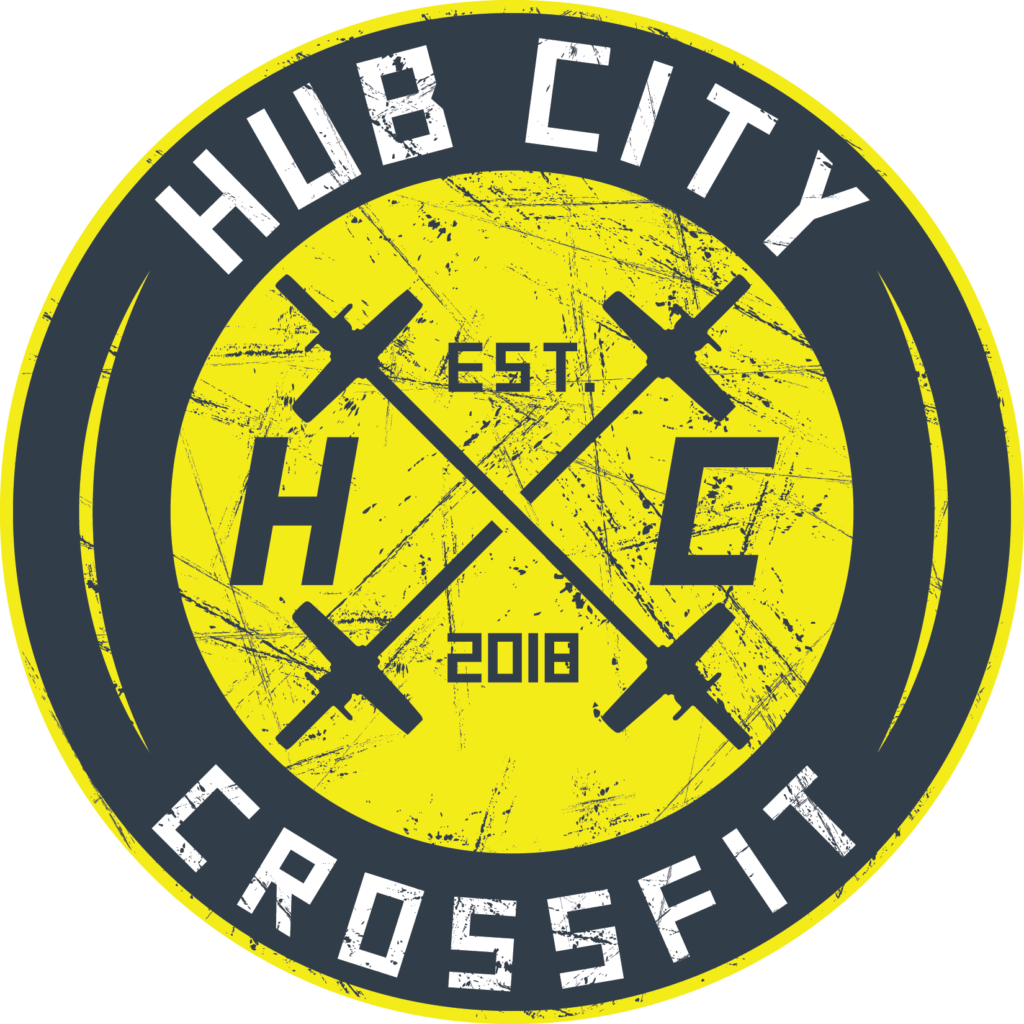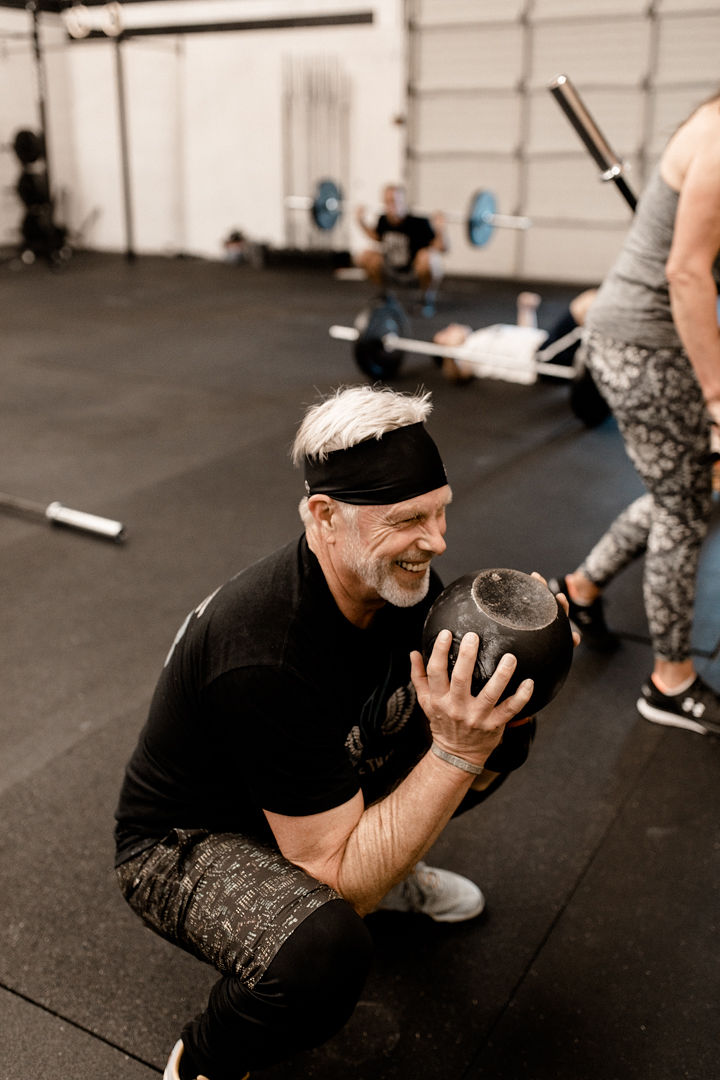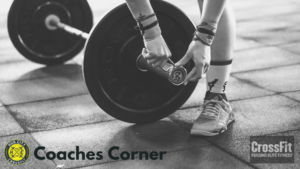If you currently want something in your life that you don’t have then there is a 100% chance that you are human. How you define yourself is by the action you take towards bringing those into your life. Some people make declarations about how they are finally going to make the big change
Generally, if you have a goal you haven’t achieved yet you fall into one of these three camps.
- You don’t know what to do and you don’t know how to do it.
- You don’t think you deserve it.
- You haven’t put in the work.
So what’s really keeping you from achieving your goals? Let’s find out…
1. You don’t know what to do and you don’t know how to do it.
This is generally the first challenge you encounter when you have a new goal. Luckily it is also the easiest barrier to address when it comes to making positive changes in your life. Whether you seek to earn more money, improve your health, or find your soulmate there are websites, coaches, books, podcasts, and more resources than you know what to do with. Success leaves clues and in the information age we live in you have access to the tools and resources you need to get started on the path to your goal.
“When action is our priority, vanity falls away.” – Ryan Holiday
Let’s say your goal is to lose 10 pounds and keep it off. Like forever keep it off. Many adults find themselves at a weight they don’t feel comfortable and confident at. The problem is that if you have only ever gained weight since you were a kid and never seen the scale go (and stay) in the opposite direction then you are a total novice. Being a professional weight gainer is easy for you, you’ve done it your whole life. If you want to lose weight then you have to start fresh. It’s time to throw out what you think is true about nutrition and exercise because all of the information you have is through the lens of a person who has only ever gained weight. Let go of ego. Let go of pride. If you want to make the change then you have to start with fresh eyes.
2. You don’t think you deserve it.
This could be thought of as self-sabotage. Maybe since you were a child you have been conditioned to think a certain way. Many of the long-standing beliefs humans hold are instilled by parents, environments, or traumatic experiences. Long ago the brain accepted as fact that “this is the way it is”. If you have a long-held belief that is clashing with one of your current goals then your first order of business is to remove that roadblock. No amount of will power or strategy can overcome a fixed mindset. You are an adult and you are responsible for your own life. You have the power to change any condition that you don’t want.
“How have I been complicit in creating the conditions I say I don’t want?” -Jerry Colonna
Executive coach and author Jerry Colonna asks a powerful question to himself and his clients. “How have I been complicit in creating the conditions I say I don’t want?” Ask yourself this question in the context of your current goal. If you are struggling to lose weight, what are the things that you have been “okay with” lately? If it’s the food in the fridge that you snack on, skipping your workout, or surrounding yourself with people who have unhealthy habits then that is entirely on YOU to change. That starts by demanding more of yourself. You have to consider yourself worthy of the goal you claim to want. When you are mentally ready to be the person who achieves this goal you will be able to receive it.
3. You haven’t put in the work.
This can be the most frustrating camp to fall into when it comes to not achieving your goals. You may be doing everything right. You hired the coach, you have a strategy, and you’re executing on it every day. So why haven’t you accomplished your goal yet?!
“Perfection is not attainable, but if we chase perfection we can catch excellence.” -Vince Lombardi
Whether growing a business or growing your biceps it can be tough when the results haven’t shown up yet. So what should you do?
KEEP GOING!
Constantly ask yourself: What else could I be doing? Continually revisit camps one and two in this post. Are there any additional resources or tools that could be getting you to your goals faster? Could you work with someone who has proven results in the exact area you are trying to grow? Are there any roadblocks you are creating for yourself? Is there an area where your behavior is inconsistent with the outcome that you seek?
Frustration or anger can itself be a powerful tool. If you are fed up with your lack of progress then you should use that as fuel for your fire. If you have the bandwidth to be upset about your situation then you most likely have the bandwidth to work harder (or smarter 😉 )
If you still don’t know why the results won’t come then you should consider working with a mentor or coach who can help you get there. A great coach will help you set up a framework for success. They will help you develop a SMART goal that aligns with your mission and current state. Understanding the time frame and order of steps necessary to achieve a goal can dramatically improve your mindset and the way you tackle each day. You can break your goal down into manageable chunks and as you check them off you will build momentum towards your big goal. The best coaches will be clear and neutral in their feedback about what it takes to get you to your goal.
You want to surround yourself with people who will be supportive and honest about your path to success. Avoid detractors. That includes anyone who tells you they support you, but that you can’t achieve what you want and to “get real”. This life is yours to choose and you can’t waste time with the people that will only hold you back.
-Coach


